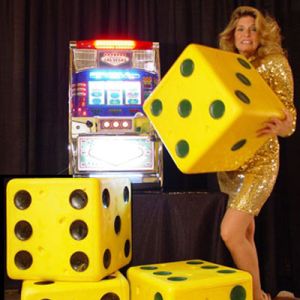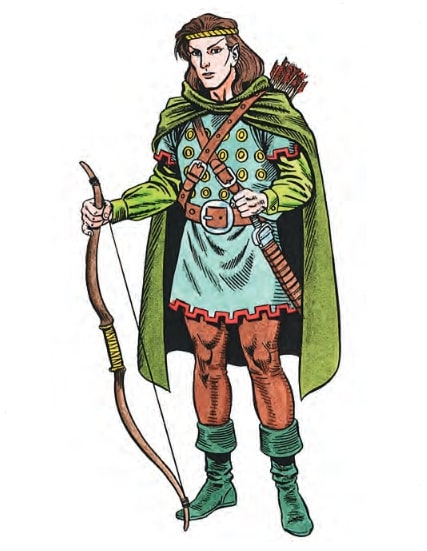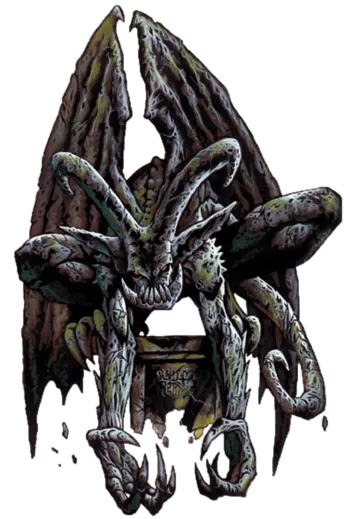World-Building: Rules Changes I
Elfland’s Ethics & World Building | World-Building: Causes & Consequences | World-Building: Geneses | World-Building: About Alignment | World-Building: The False Light | World-Building: The Elves
Today a shorter post to clarify a couple of things that the elf introduced as game mechanics not native to B/X D&D.
Multi-Class Options
A character of any race can multi-class, giving the character one additional class. So, an elf could be a cleric/elf or an elf/thief (owing to my love for alphabetizing). The system I’m using follows AD&D in many respects. XP is always divided evenly between the classes. This means, for example, that a cleric/elf levels up in cleric faster than in elf, but slower than either a cleric qua cleric or an elf qua elf.
Hit points are determined by the average of both classes’ Hit Dice when those dice are different. The cleric/elf would just use d6 for Hit Dice, but the elf/thief would use (1d6+1d4)/2 to determine hit points. Constitution modifier applies to the quotient. Saving throws per category follow whichever class has the best number. The multi-class character uses the least restrictive armor and weapons, except for thieves (who are limited in armor) and clerics (who are limited in weapons).

Ability Checks
The ability check system I want to use is still under construction. Ability checks are used for determining the success of actions that are not “to-hit” rolls or saving throws. The DM determines the difficulty based on the player’s description of the action, the circumstances surrounding the action, et cetera. The action attempted is either Easy, Average, Hard, or Nigh Impossible. The DM also determines which of the six ability scores best fits the attempted action.
I’m uncertain about how I want to handle the dice results. I’ve got two ideas:
First Idea: The action’s difficulty tells the player how many d6 to roll. The harder the task, the more dice the player rolls. The dice are totaled. The total is compared to the character’s ability score relevant to the check. If the total is less than the ability score, the action succeeds. Or, if the total is less than or equal to the ability score, the action succeeds. Using this system, the elf’s -1d6 to ability checks to locate secret or concealed doors makes it easier for the elf to succeed.
Second Idea: The action’s difficulty tells the player how many successes are needed. Every even number counts as a success. Every odd number counts as a failure. The character’s ability modifier adds to the number of successes. Additional successes over the minimum needed may grant additional benefits. Using this system, the elf’s -1d6 for locating secret or concealed doors means the player gets to ignore one odd-numbered die, making it easier for the elf to succeed.
Right now, I like the first system because it’s straightforward. Roll X dice, total, and compare. But, also right now, I like the second system because it’s an opportunity to introduce mechanics that adjudicate degree of failure and degree of success. I enjoy other game systems that use these sorts of mechanics (such as Fate and Dungeon World).
In either case, retooling certain racial abilities to be a dice modifier fits.





